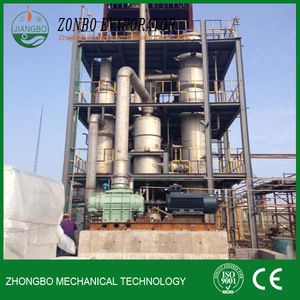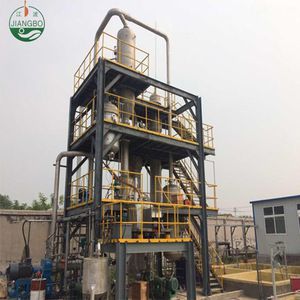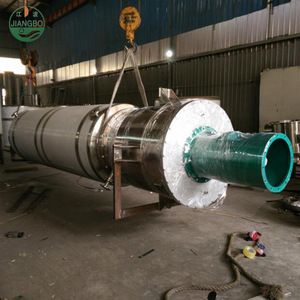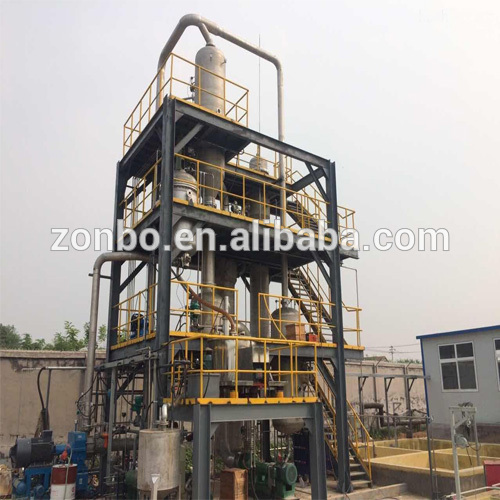
MVR overview:
MVR is the abbreviated form of the mechanical vapor recompression.This is a technology that recovers the energy of the secondary vapor it generates and therefore reduces the demand for external energy.As early as in 1960s,Germany and France have applied this technology successfully to chemical,pharmaceutical,paper-making,wastewater treatment and desalination fields.
MVR technical principle
When mechanical vapor is recompressed,the mechanically driven compressor will compress the secondary vapor generated by the evaporator to form a higher pressure.In this sense,the compressor acts as a heat pump to increase energy to the vapor.In another word,in this process,the low-temperature vapor is compressed by the compressor to improve its temperature and pressure and increase its enthalpy and then flow into the heat exchanger for heat exchange and condensation so as to make use of the latent heat of the secondary vapor.Except machine startup,no generation of additional vapor is required during the entire evaporation process.
Technical characteristics
1,Low energy consumption,low operation cost
2,Small space occupation
3,Require fewer public utilities and less total investment
4,Stable operation and high degree of automation
5,Require no primary steam
6,Short retention time due to frequently used single effect
7,Simple process,high practicability,and excellent service performance at some loads
8,Low operation costs
9,Capable of evaporating at and below 40 celsius without any refrigerating plant and therefore particulary suitable for heat sensitive materials.
General information you may concern
| 1 | Evaporator' main components: | Heat exchanger, Separator, Condensor, Fully Automatic Control System, Pumps, Pipes, Platforms, Steam Compressor and tanks and others. |
| 2 | Material Available: | Stainless Steel 304, Stainless Steel 316L, and Titanium |
| 3 | Production time: | Usually it takes 20-60days |
| 4 | Documents offered: | General Technical Drawing, Detailed Basement drawing for client' civil work |
| 5 | Used for: | Landfill Leachate, juice, sugar, glucose cyrup, electroplating wastewater, salt water, organic wastewater, medicament, chemical water treatment like sodium chloride, sodium sulfate, ammonium sulfate, zinc sulfate, potassium sulfate,potassium chloride, sodium hydroxide and others |
| 6 | As for installation and commissionning: | Our technical will go to your plant for installation, usually it needs 2-3 technicians. |
| 7 | What client needs to do: | Client needs to prepare basement, boiler, cooling water tower' tank. And client needs to make sure there are water, electricity and steam available. |
| 8 | Please make these questions clear: | 1. What kind of feeding is it? The main content is? 2. How about the feeding' inlet capacity? How many kg per hour? 3. The inlet feeding' concentration is? 4. After our evaporation process, what's your request for final output? 5. How much space do you have for installing the evaporator? |
Design and function
Vapor compressor currently used for MVP technology has two forms:the positive displacement type and the centrifugal type
Among positive displacement compressors,the most commonly used compressor is the Roots compressor which compresses gas by bringing two or three lobed rotors to relative motions in the cylinder.This kind of compressor keeps two rotors engaged with each other by relying on synchromesh gears located on the rotor axle ends;the curved surface of each concave on the rotor,together with the inside wall of the cylinder,forms a working displacement,which carries away the gas from the gas suction port during rotor rotation,when the carried gas moves to the vicinity of the exhaust port,the pressure in the working displacement will abruptly pick up at the moment,It is to connect with the exhaust port due to the return of gas at higher pressure,and the gas then is delivered to the exhaust passage.This compressor has a large pressure ratio and a small sucking rate.
Centrifugal compressors provide gas energy by means of high-speed rotation of impeller blades.In these compressors,the gas is accelerated and then passes through the diffuser at downstream of the impller to decelerate.In doing so,the kinetic energy is transformed into pressure energy.According to the direction of fluids passing through the impller ,these compressors are named axial flow,mixed flow,or centrifugal compressors respecitively.They are renowed for large pressure ratio,big flow rate,and good stability.
Whichever is the most suitable compressor depends on specific operating conditions and the economy of the entire system.Critical parameter s include the pressure rise to be achieved and volume flow of steam to be compressed.
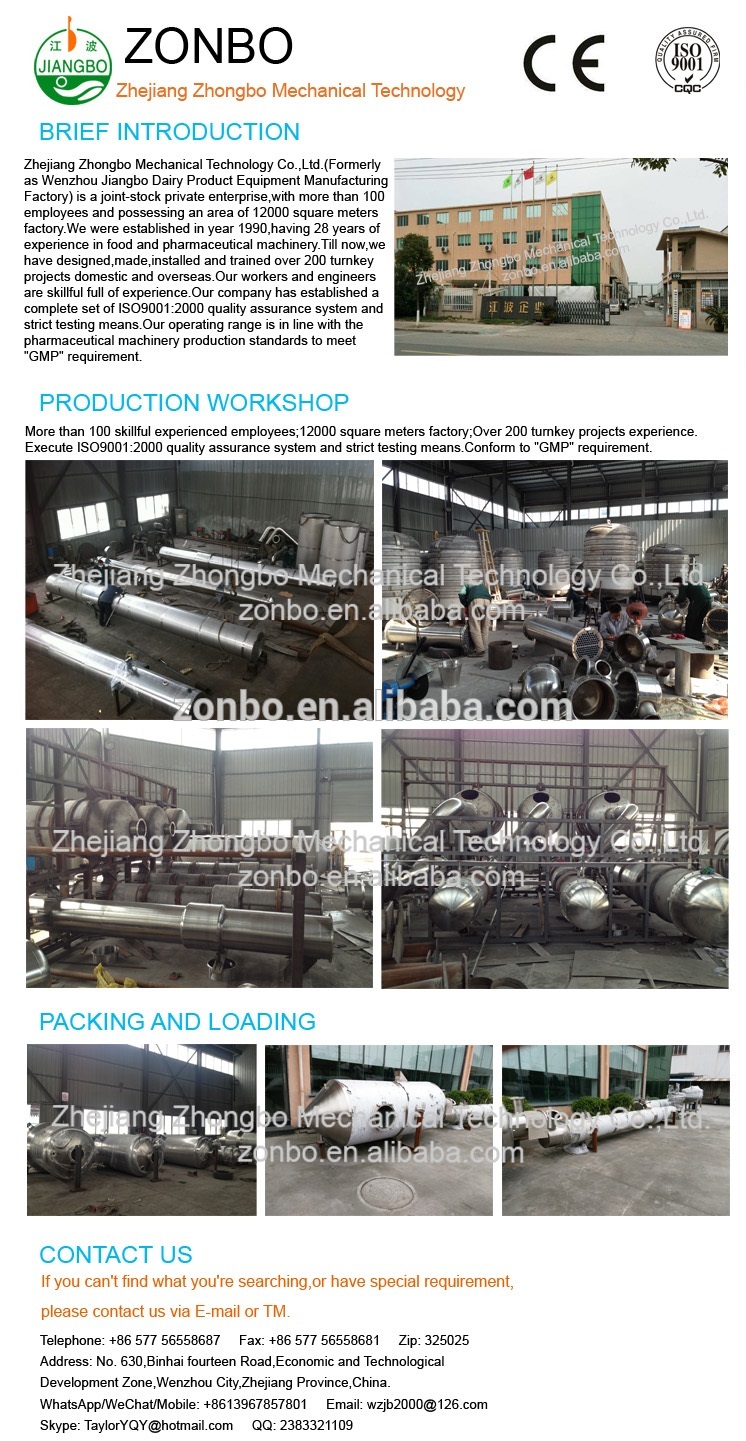
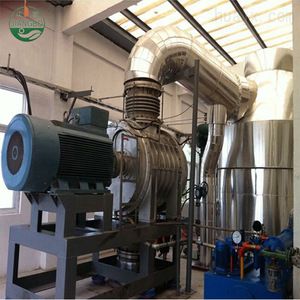
 China
China